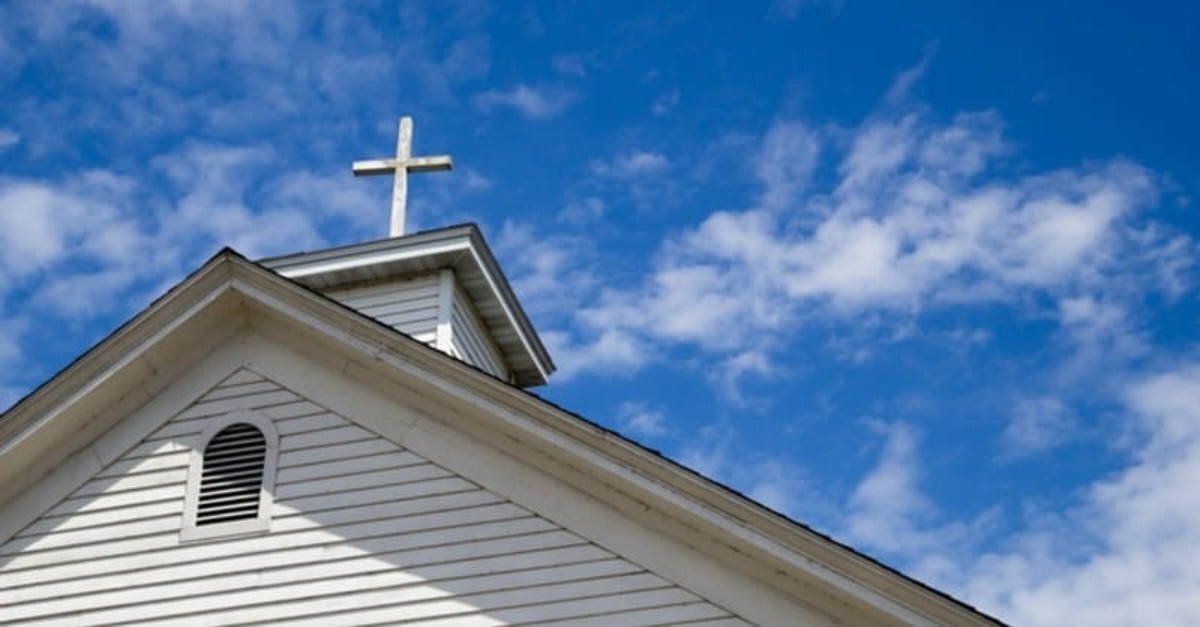
Folk dance competitions are a thrilling and vibrant celebration of cultural heritage and artistic expression. These events bring together talented dancers from around the world to showcase their skills, traditions, and stories through the captivating medium of dance.
Whether you’re a participant, a spectator, or simply someone with an appreciation for the rich tapestry of global cultures, folk dance competitions offer a fascinating glimpse into the diversity and beauty of traditional dance forms. From the intricate footwork of Irish step dancing to the energetic moves of Bollywood, each dance style tells a unique story and carries the spirit of its origins.
In this article, we’ll delve into 16 fascinating facts about folk dance competitions. So, get ready to be entertained, enthralled, and inspired as we take a closer look at the dazzling world of folk dance competitions, where tradition meets innovation, and talent knows no boundaries.
Key Takeaways:
- Folk dance competitions celebrate diverse cultures, traditional costumes, and teamwork, promoting unity and preserving intangible cultural heritage.
- Participants showcase varied dance styles, exchange cultural ideas, and express stories through movements, keeping traditional dances alive for generations to come.
The Origins of Folk Dance
Folk dance has been a part of human culture for centuries, originating from various regions around the world. It is a traditional form of dance that reflects the customs, traditions, and beliefs of a particular community.
Folk Dance Competitions Promote Cultural Diversity
One of the main purposes of folk dance competitions is to celebrate and preserve the rich cultural heritage of different communities. These competitions provide a platform for dancers to showcase their traditional dances and foster an appreciation for cultural diversity.
Participants Showcase Traditional Costumes
In folk dance competitions, participants wear traditional costumes that are specific to their region or community. These costumes are not only visually appealing but also hold deep cultural significance. They play a crucial role in bringing the authenticity of the dances to life.
Varied Styles of Folk Dance
Folk dance competitions feature a wide range of dance styles, each unique to its own culture. From lively and energetic dances to graceful and rhythmic movements, there are endless variations of folk dance that captivate the audience.
Promotes Unity and Teamwork
Folk dance competitions often require participants to perform in groups, promoting teamwork and fostering a sense of unity among the dancers. This collaborative aspect adds an extra layer of beauty and harmony to the performances.
Preserving Traditional Folk Music
Folk dance competitions not only showcase the dances but also revitalize traditional folk music. Musicians play live instruments or use recorded music to accompany the dancers, ensuring the preservation and appreciation of traditional melodies.
Regional and National Folk Dance Competitions
There are various levels of folk dance competitions, ranging from regional to national. Regional competitions showcase the dances unique to a specific area, while national competitions bring together the best dancers and dances from across the country.
Expert Judges Evaluate Performances
Experienced judges with a deep understanding of folk dance evaluate the performances in competitions. They consider factors such as technique, synchronization, authenticity, and stage presence when assessing the dancers’ skills.
Opportunity for Cultural Exchange
Folk dance competitions provide a platform for dancers from different regions to interact, exchange ideas, and learn from each other. This fosters cultural exchange and helps to broaden the participants’ perspectives on traditional dances.
Folk Dance Competitions at International Events
Some folk dance competitions are held as part of larger international events, such as cultural festivals or Olympics. These events bring together dancers from different countries, showcasing the diversity of folk dances on a global stage.
Safeguarding Intangible Cultural Heritage
By promoting and preserving traditional folk dances, competitions contribute to safeguarding intangible cultural heritage. They ensure that these art forms are passed down from generation to generation, preventing them from being lost over time.
Folk Dance Competitions Promote Tourism
Many folk dance competitions attract a significant number of tourists who are eager to experience authentic cultural performances. By showcasing their traditional dances, communities also promote tourism and bring economic benefits to their region.
Interpretation and Choreography Play Vital Roles
In folk dance competitions, dancers have the freedom to interpret and add their own creativity to the traditional dances. Choreography plays a vital role in the overall presentation, allowing dancers to bring their unique style and expression to the performances.
Age Categories for Participants
Folk dance competitions often have different age categories, allowing participants of various age groups to showcase their skills. This encourages people of all ages to get involved and keeps the traditional dances alive among different generations.
Training and Practice for Competitions
Participating in a folk dance competition requires dedicated training and extensive practice. Dancers need to perfect their techniques, learn the cultural nuances, and work together as a team to deliver captivating performances.
Language of Expression
Folk dance competitions serve as a language of expression for participants. Through their movements and gestures, dancers convey stories, emotions, and cultural narratives without the need for words.
These 16 facts about folk dance competition highlight the importance of celebrating cultural diversity, preserving traditional art forms, and fostering unity through dance. Whether it’s through regional competitions or international events, folk dance competitions provide a dynamic platform for dancers to showcase their skills and keep the spirit of traditional dances alive.
Conclusion
In conclusion, folk dance competitions are a vibrant and enriching platform for showcasing culture, talent, and creativity. These events bring together dancers from different backgrounds, uniting them in their passion for this traditional art form. With their diverse costumes, music, and energetic movements, folk dances not only entertain but also educate and celebrate cultural heritage.
Whether you are a participant or a spectator, folk dance competitions offer a unique and immersive experience. From witnessing stunning choreography to learning about various traditional dances, these events provide a window into the rich history and culture of different regions. Furthermore, they foster a sense of unity and appreciation for diversity.
So, next time you have the opportunity to attend a folk dance competition, don’t miss it! Immerse yourself in the beauty and rhythm of these lively performances and embrace the joy and vibrancy that comes with celebrating our shared cultural heritage.
FAQs
1. What is a folk dance competition?
A folk dance competition is an event where dancers perform traditional dances from various regions. These competitions showcase the unique cultural heritage, costumes, music, and dance styles of different communities.
2. How can I participate in a folk dance competition?
To participate in a folk dance competition, you can join a local dance group or academy that specializes in folk dances. They can provide training, guidance, and opportunities to participate in competitions. You can also keep an eye out for announcements about upcoming competitions and register as an individual or a team.
3. Are there specific age groups for participating in folk dance competitions?
Most folk dance competitions have different age categories, allowing participants of various age groups to showcase their talent. It is common to have separate categories for children, teenagers, and adults.
4. Can I perform a folk dance from a different culture or country?
Yes, many folk dance competitions encourage participants to showcase dances from different cultures and countries. However, it is essential to respect the authenticity and integrity of the dance form and represent it accurately.
5. How are winners determined in folk dance competitions?
Winners in folk dance competitions are usually determined based on various criteria, including technique, choreography, costume, authenticity, and overall performance. Judges assess these elements to select the most deserving participants.
6. Can I attend a folk dance competition as a spectator?
Absolutely! Folk dance competitions are open to the public, and attending as a spectator is a great way to appreciate and enjoy the performances. You can witness the vibrant costumes, energetic movements, and diverse cultural expressions.
Folk dance competitions showcase cultural diversity, but there's more to explore in performing arts. Discover stunning facts about the John F. Kennedy Center, where performance arts take center stage. Journey through the vibrant world of dance festivals and uncover fascinating insights. Dive into the mesmerizing realm of Ojapali, a traditional dance that will leave you captivated.
Was this page helpful?
Our commitment to delivering trustworthy and engaging content is at the heart of what we do. Each fact on our site is contributed by real users like you, bringing a wealth of diverse insights and information. To ensure the highest standards of accuracy and reliability, our dedicated editors meticulously review each submission. This process guarantees that the facts we share are not only fascinating but also credible. Trust in our commitment to quality and authenticity as you explore and learn with us.


